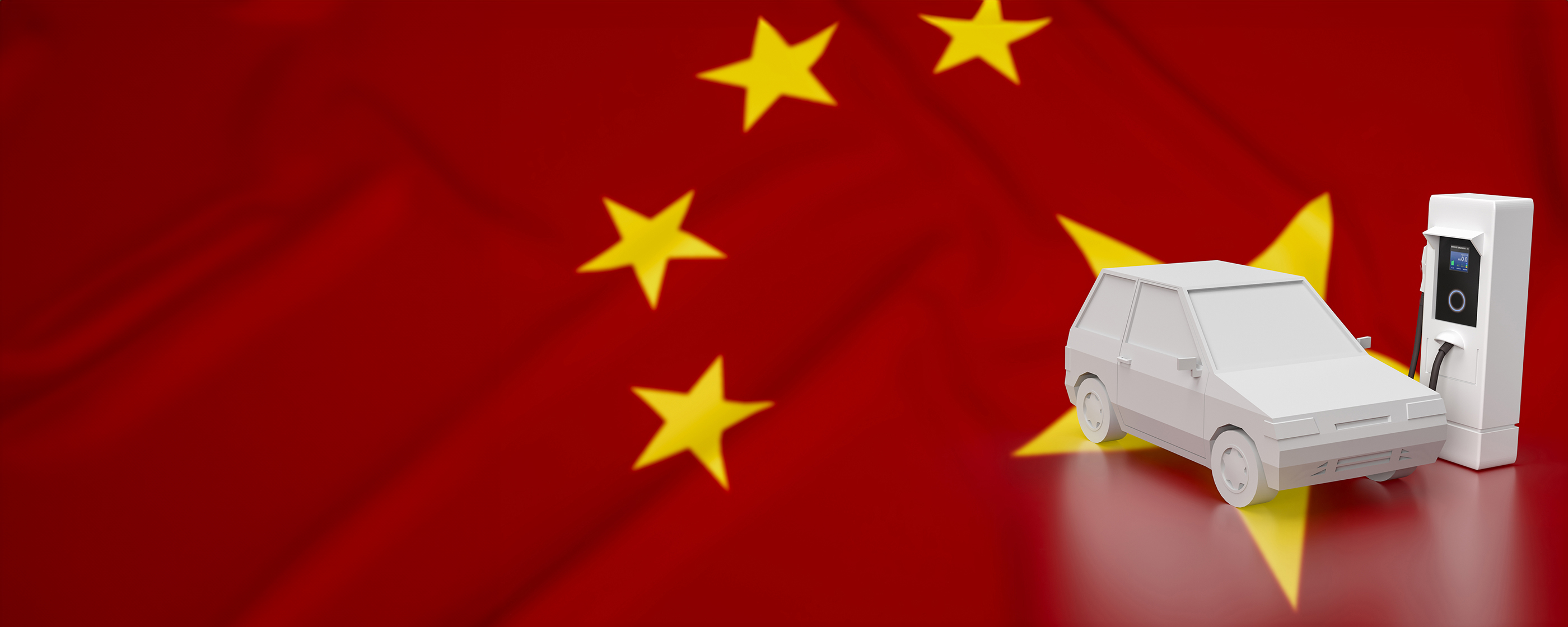Overcoming adversity through innovation – Daikin at 100 (A): Leadership lessons
This case study examines the remarkable evolution of Daikin Industries, a company that demonstrated resilience and innovation over nearly a century. Founded in 1924 by Akira Yamada in Osaka, Japan, Daikin originally focused on manufacturing aircraft components. However, the company pivoted towards refrigeration technology in response to emerging market demands, notably during Japan’s post-World War II economic boom. By leveraging R&D in fluorocarbons and innovative cooling technologies, Daikin established itself as a leader in the air conditioning sector. The case highlights key leadership eras, notably the transformative periods under Noriyuki Inoue. Under Inoue’s stewardship, the company emphasized execution capabilities, prioritizing operational excellence alongside technological advancement. His leadership drove Daikin’s globalization strategy, enabling the company to become the second-largest fluorocarbon producer globally and the foremost player in the air conditioning market. As Daikin approaches its 100th anniversary, it faces contemporary challenges such as climate change and increasing consumer demands for energy-efficient products. The company’s commitment to innovation remains pivotal as it seeks to balance profitability with environmental responsibility. This case prompts discussion on Daikin’s strategic responses to evolving market conditions and the importance of leadership in sustaining growth.
- Understanding resilience in business: Analyze how Daikin’s innovative strategies and leadership transitions have enabled the company to navigate economic hardships and market volatility, thus demonstrating resilience in the face of adversity.
- Evaluating strategic leadership: Explore the impact of pivotal leaders, such as Akira Yamada and Noriyuki Inoue, on Daikin’s strategic direction and organizational growth, identifying key leadership qualities that foster transformation and adaptability.
- Leveraging technology and innovation: Investigate the role of technology and R&D in sustaining competitive advantage for Daikin, focusing on developments in energy-efficient systems and how innovation serves as a catalyst for growth.
- Navigating contemporary challenges: Discuss the current challenges facing Daikin, such as climate change and shifting consumer preferences, and evaluate strategies that the company can employ to maintain relevance and leadership in the evolving air conditioning industry.
Daikin Industries, Consumer Goods, Home Appliances
1924-2024
Cranfield University
Wharley End Beds MK43 0JR, UK
Tel +44 (0)1234 750903
Email [email protected]
Harvard Business School Publishing
60 Harvard Way, Boston MA 02163, USA
Tel (800) 545-7685 Tel (617)-783-7600
Fax (617) 783-7666
Email [email protected]
NUCB Business School
1-3-1 Nishiki Naka
Nagoya Aichi, Japan 460-0003
Tel +81 52 20 38 111
Email [email protected]
IMD retains all proprietary interests in its case studies and notes. Without prior written permission, IMD cases and notes may not be reproduced, used, translated, included in books or other publications, distributed in any form or by any means, stored in a database or in other retrieval systems. For additional copyright information related to case studies, please contact Case Services.
Research Information & Knowledge Hub for additional information on IMD publications
- Overcoming adversity through innovation – Daikin at 100 (A): Leadership lessons
- Overcoming adversity through innovation – Daikin at 100 (B): Sustainability lessons
- Overcoming adversity through innovation – Daikin at 100 (C): China market lessons
- Overcoming adversity through innovation – Daikin at 100 (A): Leadership lessons
- Overcoming adversity through innovation – Daikin at 100 (B): Sustainability lessons
- Overcoming adversity through innovation – Daikin at 100 (C): China market lessons
Research Information & Knowledge Hub for additional information on IMD publications
Research Information & Knowledge Hub for additional information on IMD publications
Research Information & Knowledge Hub for additional information on IMD publications
The board of Nestlé S.A. announced that Anna Mohl would become the CEO of Nestlé Health Science (NHSc) — a global leader in nutritional science — on 1 January 2024. She was delighted to hear about her new position but knew there was little time to...
The China Resources Beer (CR Beer) case study is a compelling narrative of the world’s largest beer producer by volume under the leadership of CEO Hou Xiaohai. In 2016 CR Beer embarked on a pivotal transformation journey. This case study offers cr...
BARCELONA, JANUARY 2023. What started in 2016 as a humble entrepreneurial attempt to contribute to a more sustainable future had turned into a solid eyewear brand present in major Western markets. François van den Abeele was even more excited by t...
Five friends created DIDA in 1983 and turned it into a global provider of IT infrastructure and services. Riding the wave of rapid growth of communication networks and increasingly global business relationships of corporations, DIDA established it...
Case reference: IMD-7-2636 ©2025
Research Information & Knowledge Hub for additional information on IMD publications
Research Information & Knowledge Hub for additional information on IMD publications
Research Information & Knowledge Hub for additional information on IMD publications
in I by IMD
Research Information & Knowledge Hub for additional information on IMD publications
Research Information & Knowledge Hub for additional information on IMD publications
in I by IMD Brain Circuits 28 January 2025
Research Information & Knowledge Hub for additional information on IMD publications
Research Information & Knowledge Hub for additional information on IMD publications
Research Information & Knowledge Hub for additional information on IMD publications
Research Information & Knowledge Hub for additional information on IMD publications
NTT Corporation, Japan’s information and communication technologies (ICT) leader since 1953, was the first to commercialize internet usage on mobile phones in the 1990s, which resulted in NTT achieving much success in Japan. However, by the end of...
Building on NTT (A), the case starts with NTT’s CEO having narrowed down strategic growth options with the board to prepare NTT for the future. Past international investments in AT&T Wireless and KPN to tap into foreign markets had resulted in bil...
Research Information & Knowledge Hub for additional information on IMD publications





